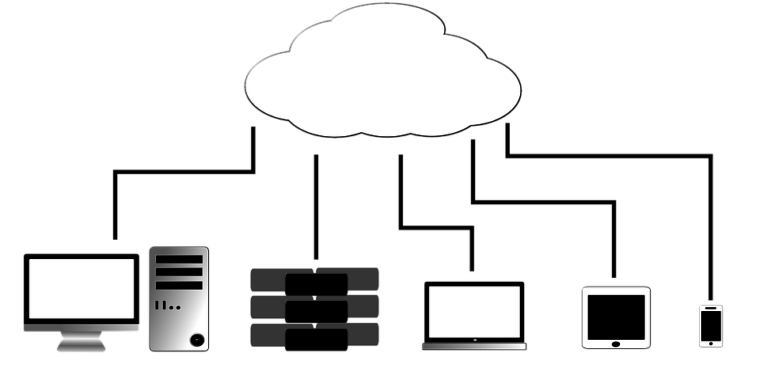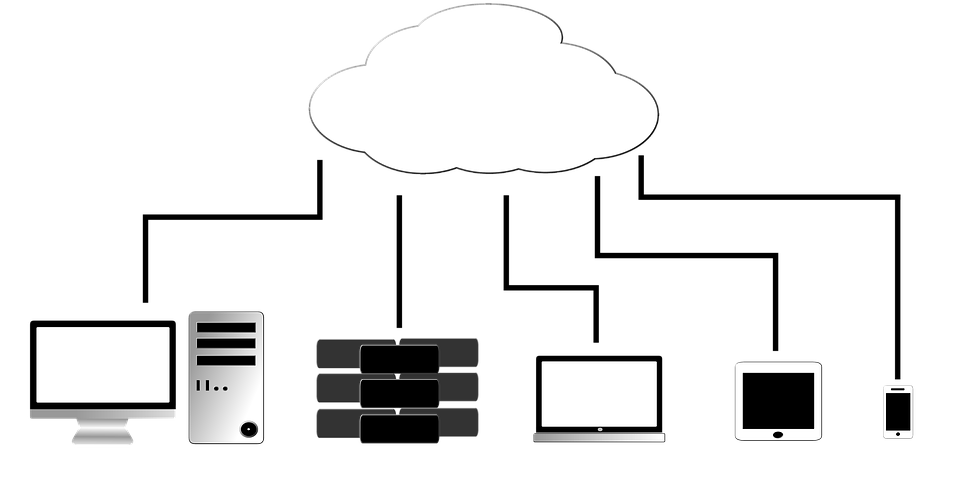
Digital platforms are changing every sector of business as well as lifestyles for all Americans. Digitization is also changing almost every aspect of government.
Digital data makes it possible for citizens to handle transactions with government in a quick and convenient way. Citizen and taxpayer demands for online, real time access to data and the ability to transact business with public entities conveniently at any time without leaving home are being served. Those demands, however, have forced governmental entities into the ever-evolving world of digital transformation – a costly and resource-intensive environment for most.
Americans today can use a smartphone, computer or tablet to access hundreds of user-friendly, interactive government web sites. There’s no longer any need to make a trip to a government building or stand in line for service. Citizens appreciate the convenience and taxpayers appreciate the cost savings. But, the resources required to make a digital transformation are significant.
Technology has created an entitlement to instant gratification and that expectation has resulted in many changes at every jurisdictional level of government. To say that people have been spoiled by technology and high-tech gadgets is perhaps overstated…but not by much. Individuals can get instant information about news, the weather, driving directions and their calorie intake. They can also check bank balances, pay bills and send photographs on a moment’s notice. That kind of convenience has pushed government to be just as responsive. But, it is important to remember that there are large hurdles that public officials must navigate.
It’s difficult for government to compete in this space. There are no public employees with the skills of a Bill Gates, Mark Zuckerberg or Michael Dell. Budgets are constrained, existing technology is old and outdated and there is little free time for CIOs and innovation officers to be visionary.
 To facilitate digitization efforts, an increasing number of IT executives are improving and enhancing citizen services by turning to private-sector partners for cloud computing services, big data analysis, software-as-a-service, app development, artificial intelligence, cybersecurity and more.
To facilitate digitization efforts, an increasing number of IT executives are improving and enhancing citizen services by turning to private-sector partners for cloud computing services, big data analysis, software-as-a-service, app development, artificial intelligence, cybersecurity and more.
Blockchain technology is increasingly being embraced by government as the need for digitization grows. The state of Illinois originated a blockchain-based system to digitize birth certificates that allow parents and physicians to register births and related data on a permissioned blockchain site. That allows anyone to verify and authenticate someone’s identity by simply requesting access to the information.
The city of Philadelphia launched a digitization project to decrease the normal 250 hours required to complete the current paper-based request for proposal (RFP) process. The objective was not only to digitize and make the interaction more convenient, but also to simplify everything for all parties and reduce procurements costs. In many jurisdictions, contractors can now send completed proposals electronically.
Six months into a pilot program to become a paperless government, the state of Hawaii has saved 1 million sheets of paper and cut internal costs dramatically. The move from paper to digital documents reduced paper usage by 20 percent and officials predict that within three years, the digital transition will save the state half a million dollars.
The changes continue and through digitization, citizens’ access to government information and services will be improved. Costs will be reduced, trees will be spared, the need for storage space will be reduced and public employees will be able to concentrate on more important tasks. Digitization is not just a trend – it is the future.
